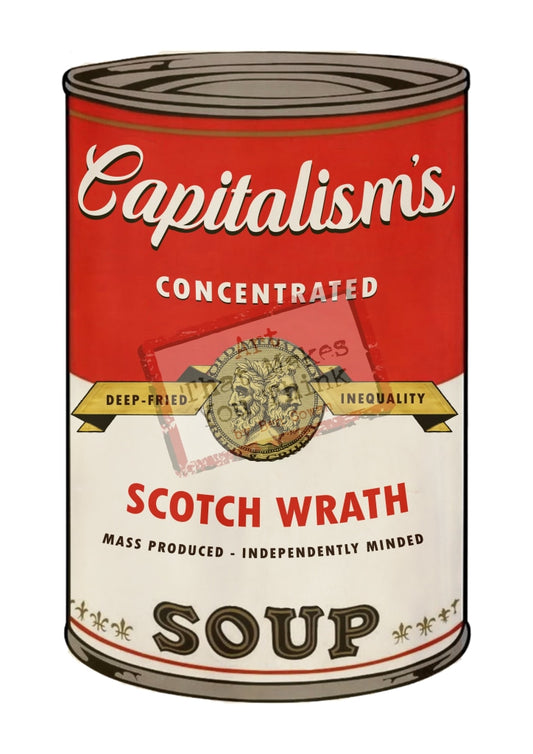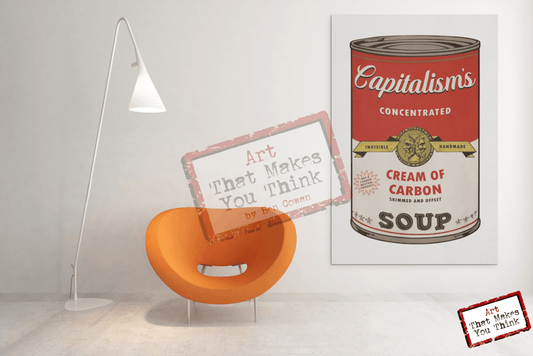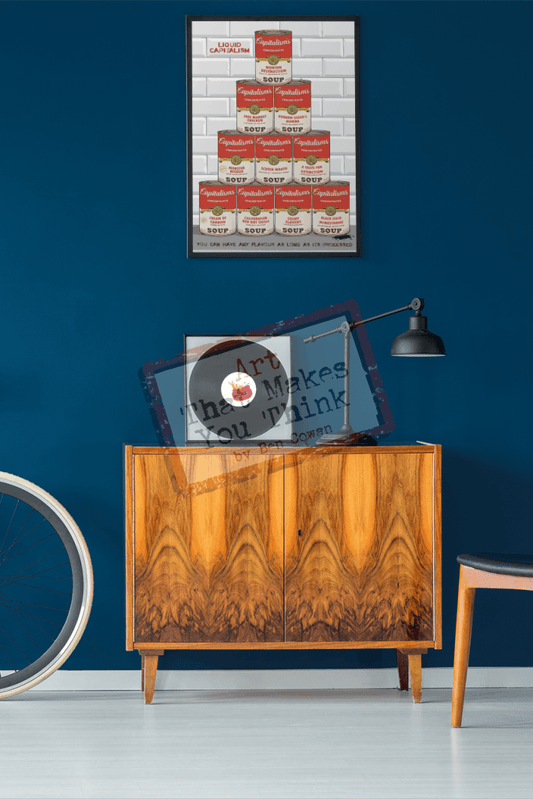As a freelance artist, today, I am thinking about art and hotels. Not only what connects them, but what connects us to them?
Isn’t it interesting how, the posher a hotel and the more expensive it seems, the more detached from them we often feel, when we enter? The polished, imposing reception desk, the impeccable formal wear of staff.
Sure, chain budget hotels are often anodyne and characterless too. You could be anywhere. Perhaps that’s the point, at this end of the spectrum, corporate travellers might be comforted by the seamless ubiquity of each unit as they travel from city to city, selling their wares. A generic home from home. The familiar eating habits; the reassuring tastes and textures of fast food. Self-paying budget travellers like me, are just relieved to sleep affordably somewhere near to where something is going on.
When you pay more though, you expect more. How often do our visitor experiences meet our expectations? The reception desk gets bigger, as does the lobby; there might be some art on the walls; the desk might be made from more expensive wood, even carved, with dragons…, but how does it make us feel? Is it welcoming? Does it relate to the place that we are visiting? Does it relate to us? Do we remember it? What will we write in our review?
Businesses like hotels and restaurants can rise and fall on a review by an important person…But we are getting ahead of ourselves. Why are stories important? Our experiences turn into memories, we turn our memories into stories, these stories define us.
Yuval Harari, the author of Sapiens: A Brief History of Humankind, describes how the evolution of Homo Sapiens happened with the ‘cognitive revolution’, which he defines by our ability to tell stories that others may not be able to see, but can believe in. For instance, the difference between a tree we can see, and the idea of a ‘family tree’; or the idea that cowrie shells can be used to exchange consumable goods. Tell a chimpanzee (somehow!) that they can either have two bananas now, or one banana now and unlimited bananas in chimp heaven; they would probably take the two bananas. Yet Sapiens, through some brain re-wiring, tell stories that sit beyond what we cannot see, like religion, money and capitalism, and in this way, connections, beliefs and mutual trust has gone from ape groups of 85, to hundreds of millions.

To help explain this, Harari says that we have an ‘experiential self’, born of our physical experiences through our five senses in the physical world; and also a ‘narrative self’, where we join, edit and curate those experiences internally, and turn them into ‘our story’ through which we subconsciously tell ourself about who we are. This becomes our identity.
But come on - we’re talking about going into hotels, not meeting Socrates in the Agora in Athens! Ahhh, but we could learn from The Philosopher here. If we want any experience to lodge in the memory, and perhaps be told to others, as a story, a place needs to ask the right questions. Just as Socrates did. His maiuetic method espoused that knowledge was latent within the individual; a philosopher only had to ask the right questions, and this knowledge could be delivered from within. Just as his mother, as a midwife, delivered babies.
So, if we are to remember a hotel visit, or any other occasion, it must connect, and be ‘edited in’ with our story. Imagine a hotel bar, what comes to mind? Personally, the Overlook Hotel in The Shining, a film by Stanley Kubrick, reigns supreme. Jack Nicholson sits down on a bar stool in an empty ballroom, and he is served bourbon by the hotel, dressed as a waiter. This is a hotel that became a character, a character that tells its story, a place that comes alive…!
You might say, an art deco hotel themed around The Overlook, with or without a maze and blood pouring down the walls, is going to give people nightmares, not procure good reviews. A hotel that scares customers away. That’s ironic. OK - sure, choose your project. The Hard Rock Café, perhaps. It would certainly be memorable, like the $5 shake diner in Pulp Fiction. I bet those dining cars would be busy on Valentine’s night! Be bold, is all I’m saying.
In your mind’s eye, when you imagine checking into a hotel reception, which is it? One where you grabbed the keys to the Honeymoon Suite; you drank limoncello with the owner, Guiseppe in that little-out-of-the-way-place in the Tuscan hills; or the one staffed by the obsequious Monsieur Gustave in Wes Anderson’s Grand Budapest Hotel. Whichever it is, it will be one that engaged your senses, and chimed with your story somehow.

Would you choose a formal desk with clean modern lines, which divides you from the uniforms behind, as if you are arriving for a job interview in a bank? Will you walk through a tunnel of tropical foliage, warm lighting either side, and Mayan-inspired modern art above? Will the reception be comprised of a giant pair of hands welcoming you to sign for your room card?
When I am visiting a town or a city, I want the place where I stay to be of that place, attuned to it somehow. I don’t want it to be generic. I will likely spend the majority of my time there: I might dine; I might work in the lobby; I may have an aperitif before heading out into the night. So, the décor is there for beauty, but also for truth. As a freelance artist, these are the two sides of the art experience, and then story we experience. Beauty is a given, to be helped to understand a truth of a place where you are, and help you to connect with it, this is what we should strive for.
For instance, recently I have been struck by the aptly named art consultancy, Art Story. They provide end-to-end support to the hospitality, and commercial sector. I noticed that Art Story was working with ETC venues in New York city. They wanted to connect visitors to the place, but also to the history of the city’s ‘special relationship’ with the London. So, artists and curators conceived, not a 2D ubiquitous colourful splashy canvas of contemporary art, but a 3D art installation, which in-a-glance looked like the 1990s ‘Aceeed!’ symbol. It was a sunny smiling-face emoji, but on closer inspection, it was crafted from dozens of small yellow New York cabs and London black cabs. To my mind, this is a great example of a piece of art that expresses joy, modern history, but also helps to connect visitors to a story, of which they become part.
Next time you visit a hotel. Ask yourself, did my visitor experience ask you questions: Does it connect with you? Does it speak to you? Did you remember your visit, and why? As a freelance artist, I would love to help create these art spaces. Art that makes you think, but also to laugh, and becomes part of your story.

If you have any feedback about this blog, please let me know. I write this, only really to start a dialog, only I am not really very good at getting feedback. Respond via my website, or email me at smart_ink_biz@yahoo.com.
Ben Cowan
[insert joke here]





